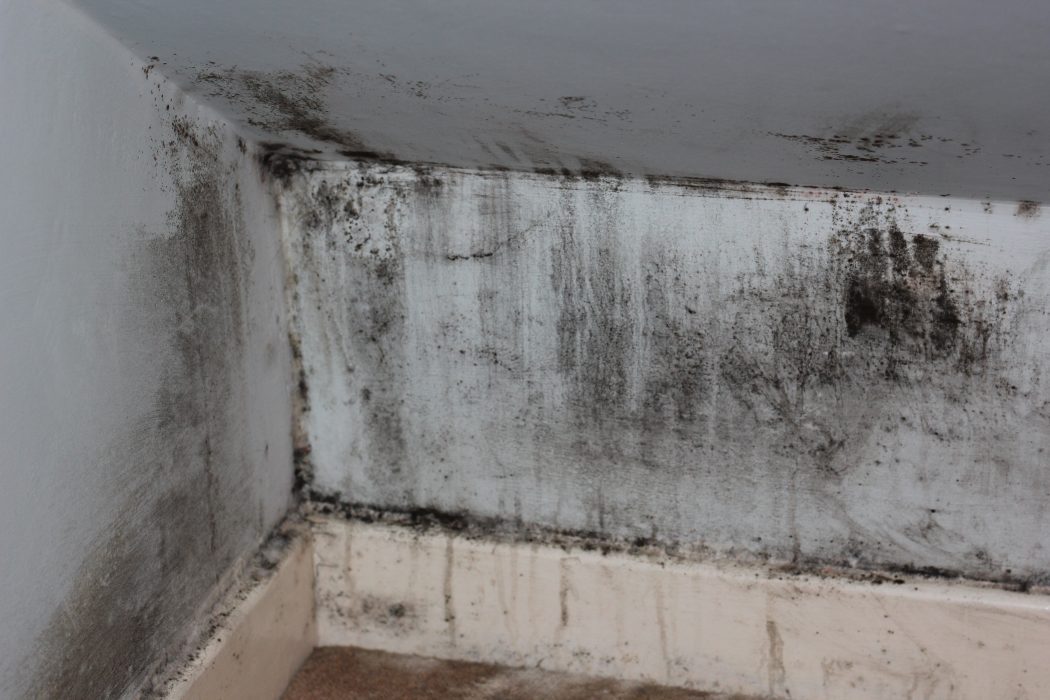In this article, we discuss mould in your home covering the following topics:
- What is mould?
- What causes it in my home?
- What can I do if I find mould in my home?
- How do I remove the mould from my home?
- How can I prevent it?
What is it?
Mould can be found everywhere in the environment both indoors and outdoors. Scientifically, it is an organism that is part of the fungi family (which include mushrooms and yeast.)
There are many different types of mould in existence and they all have the potential to cause health problems, particularly for asthma/allergy and respiratory sufferers.
What causes it?
Mould grow indoors in wet and moisture-ridden areas that lack adequate ventilation, including the backs of bedroom cupboards (so it can be seen on your leather jackets and shoes), behind leather couches, in corner walls and wallpaper, on ceilings, bathroom tiles, in carpet (especially those with a jute as a backing), on insulation material and on wood. Areas where moisture accumulates in your building and property will be where mould growth will most likely occur.
How do I remove mould in my home?
It is best to remove mould as soon as it appears. This will take some effort. An in-home solution mix – to use for general surface mould/wipe cleaning, use mild detergent or vinegar diluted in water solution (4 parts vinegar to 1 part water).
For a more serious self-clean, firstly ensure you are wearing gloves and safety glasses and protective clothing – use diluted bleach solution (250mls of bleach in 4 litres of water) to clean the surface.
Please make sure you are doing this in a well-ventilated area whilst using the bleach. Ensure the surface is completely dry once cleaned. Areas such as carpet may need to be professionally cleaned or replaced if they are contaminated with mould.
Professional mould cleaning services are also available if you do not wish to remove the mould yourself, but remember you will also need to treat the source or else you can expect that the mould will likely return. If you rent your house, and you have taken adequate measures to ensure the building is properly ventilated and notice that mould is still growing, you should notify the landlord or real estate agent.
How can I prevent mould in my home?
Although mould can be found almost anywhere, it requires moisture and nutrients to grow.
The key to prevent mould growth is to reduce the moisture content (dampness) in your home.
This can be done by:
- Maintaining proper ventilation by opening windows when weather permits, to improve natural air cross-flow ventilation
- Turning on exhaust fans – particularly when bathing, showering, cooking, doing laundry and using the clothes dryer
- Limiting the use of unflued gas heaters
- Reducing humidity with a dehumidifying machine (if you have one)
- Limiting the use of humidifiers (such as aroma diffusers)
- Limiting the number of fish tanks and indoor plants
- Immediately repairing any water leaks or plumbing problems e.g. burst water pipes, leaking roof or blocked rain gutters
- If water enters your home (like from a storm), you will need to completely clean and dry water-damaged floors and carpets and building materials; discard material that cannot be cleaned and dried completely
- Be aware of rising and lateral damp – you can see when rising damp is evident, it is ground moisture rising up a brick, stone or concrete wall. Poor sub-floor ventilation or moisture in the sub-floor area will worsen this problem.
VENTILATE YOUR HOME can help you with your damp problem by installing a professional system to reduce moisture. Please contact us for your obligation-free quote and assessment.

